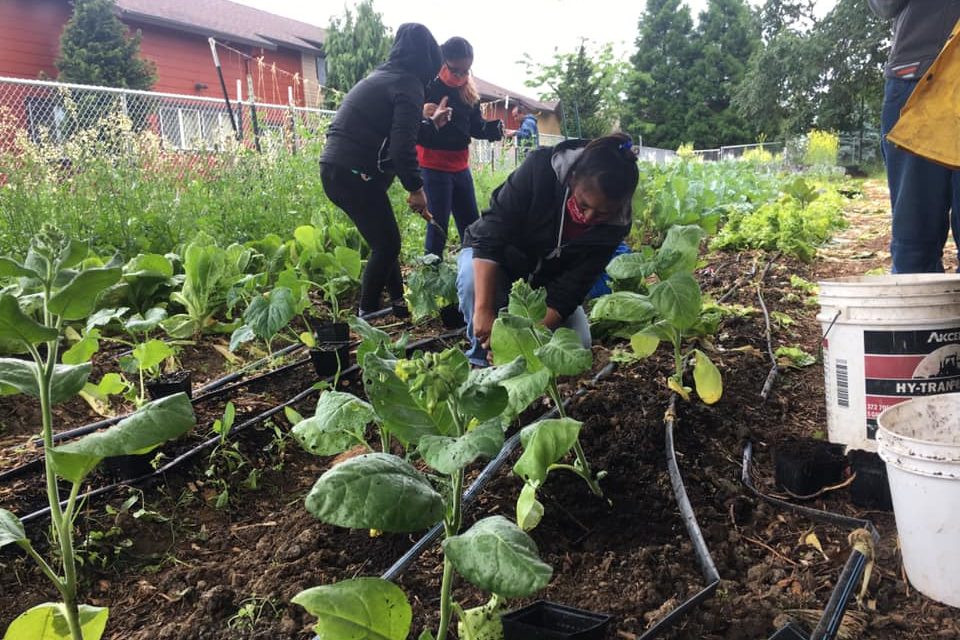Conclusions and Recommendations for Action taken from the study:
The survey committee’s nine policy recommendations have been presented to various committees and legislators. Each recommendation is based on lessons learned from farmworkers navigating the difficulties of COVID-19, forest fires, and displacement.
1. Replenish income and safety net support for farmworkers regardless of documentation status, such as the Oregon Workers Relief Fund, COVID-19 Farmworker Rental Relief Fund, and expand qualifications for Oregon Worker Quarantine Fund.
2. Expand stock of housing opportunities that can serve farmworker families facing housing insecurity and/or needing temporary quarantining shelter with adequate social distancing.
3. Enforce existing anti-retaliation and workplace protections that assure farmworkers can take time off and/or can file employer complaints without fear of retribution, such as supporting stronger Whistleblower protections and abolishing farm labor collective bargaining restrictions.
4. Strengthen Oregon/OSHA occupational safety enforcement and worksite auditing activities, including random inspections.
5. Provide compensation for farmworkers who were forced to take time off work and/or relied on informal networks for caretaking/childcare responsibilities due to Oregon COVID-19 Farmworker Study Preliminary Data Brief—September 21, 2020 the closure of childcare facilities and transition to virtual education since the start of COVID-19.
6. Implement digital literacy programs to improve farmworker families’ access to technology, such as supplying smartphones, tablets, and stipends to offset internet service costs.
7. Mandate employers provide training, when not already required, in languages farmworkers speak and provide targeted plans to improve language accessibility of information, rules, guidance published by government agencies, by funding local organizers and navigators that can reach and inform farmworkers who speak Indigenous languages.
8. Provide frequent and extensive access to COVID-19 testing with convenient access to lab results, vaccinations when available, and access to traditional methods of mental health support administered through trusted community clinics.
9. Ease barriers for exercising legal rights by connecting farmworkers to legal navigators that can provide legal advice on workplace rights, tenant rights, concerns over public charge, and immigrant rights.

